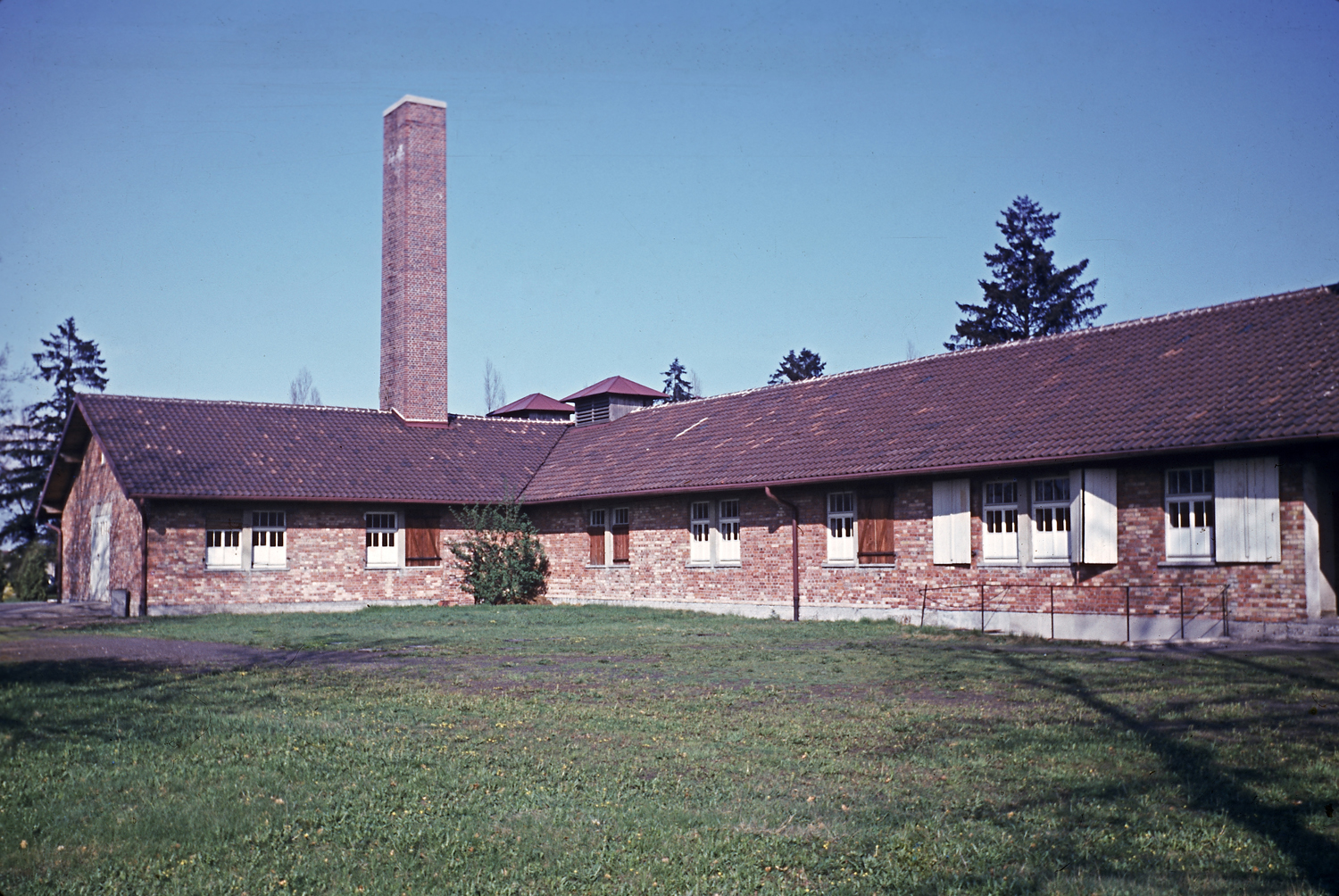
Do places have memories? Do buildings where people did terrible, bestial things to other human beings somehow retain an echo of that savagery within their walls, their floors, their foundations? Is it just our imagination that makes the skin crawl at places like Cambodia’s Genocide Museum, or Elimina Castle in Ghana, or any one of the Nazis’ extermination and slave-labor camps—or is it possible that there’s still something there, palpable, chilling, years later?
Even the most die-hard realist might find it hard to resist those sorts of questions when looking at Hugo Jaeger’s eerily quiet, color pictures from Dachau, taken in 1950. Jaeger, after all, was not just another visitor to the former concentration camp; as Adolf Hitler’s personal photographer, he traveled with and chronicled Hitler and his Nazi cohorts at rallies, military parades, parties and, frequently, in quieter, private moments. The photos Jaeger made during his stint with Hitler were evidently so attuned to the Führer’s vision of what a Thousand Year Reich might look like that Hitler himself reportedly declared, upon seeing Jaeger’s early work: “The future belongs to color photography.”
[MORE: How Time Inc. bought Hugo Jaeger’s archive of color photos]
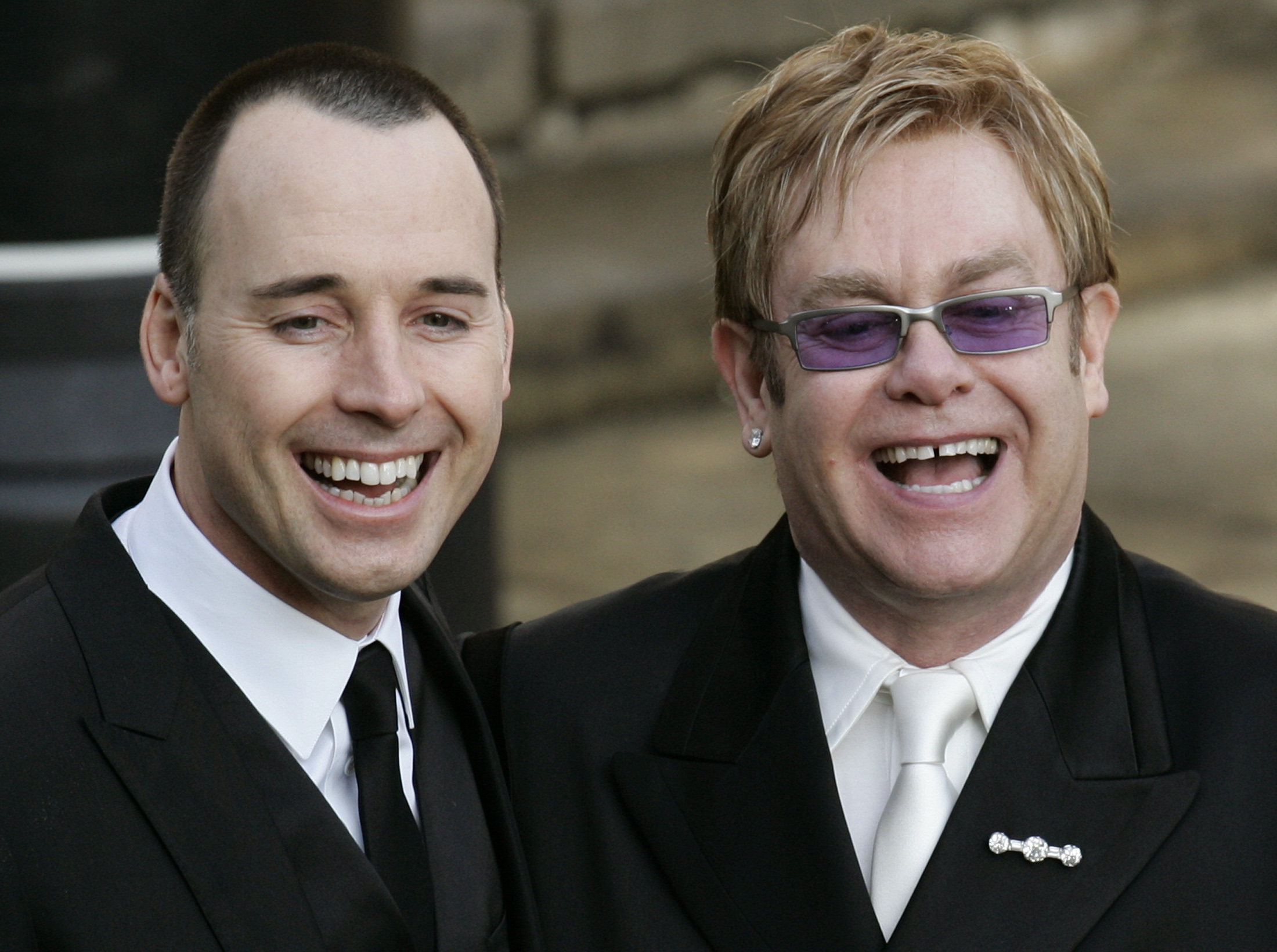
But what of the photos in this gallery, made five years after Hitler’s death (by suicide in a sordid bunker) and the fall of the Reich?
Even an avowed Nazi like Jaeger could not pretend that documenting a brick-and-mortar remnant of “master race” depravity would help serve the Nazi cause. In fact, at the time Jaeger was making these pictures, Dachau was still occupied—by refugees left homeless, and in some cases stateless, by the war that Jaeger’s degenerate cohorts started years before.
(Above: The dead at Dachau, 1945. Photo: David E. Scherman—The LIFE Picture Collection/Getty Images.)
Whatever the reasons for Jaeger’s 1950 visit to Dachau, the photographs he made of the decaying, sunlit place feel at-once banal and vaguely obscene. Taken by anyone else, the pictures would be forgettable snapshots; when we know Hugo Jaeger was behind the camera, however, the sunlight itself seems cold, and Dachau teems with restless, invisible, unappeased ghosts.
Liz Ronk, who edited this gallery, is the Photo Editor for LIFE.com. Follow her on Twitter at @LizabethRonk.
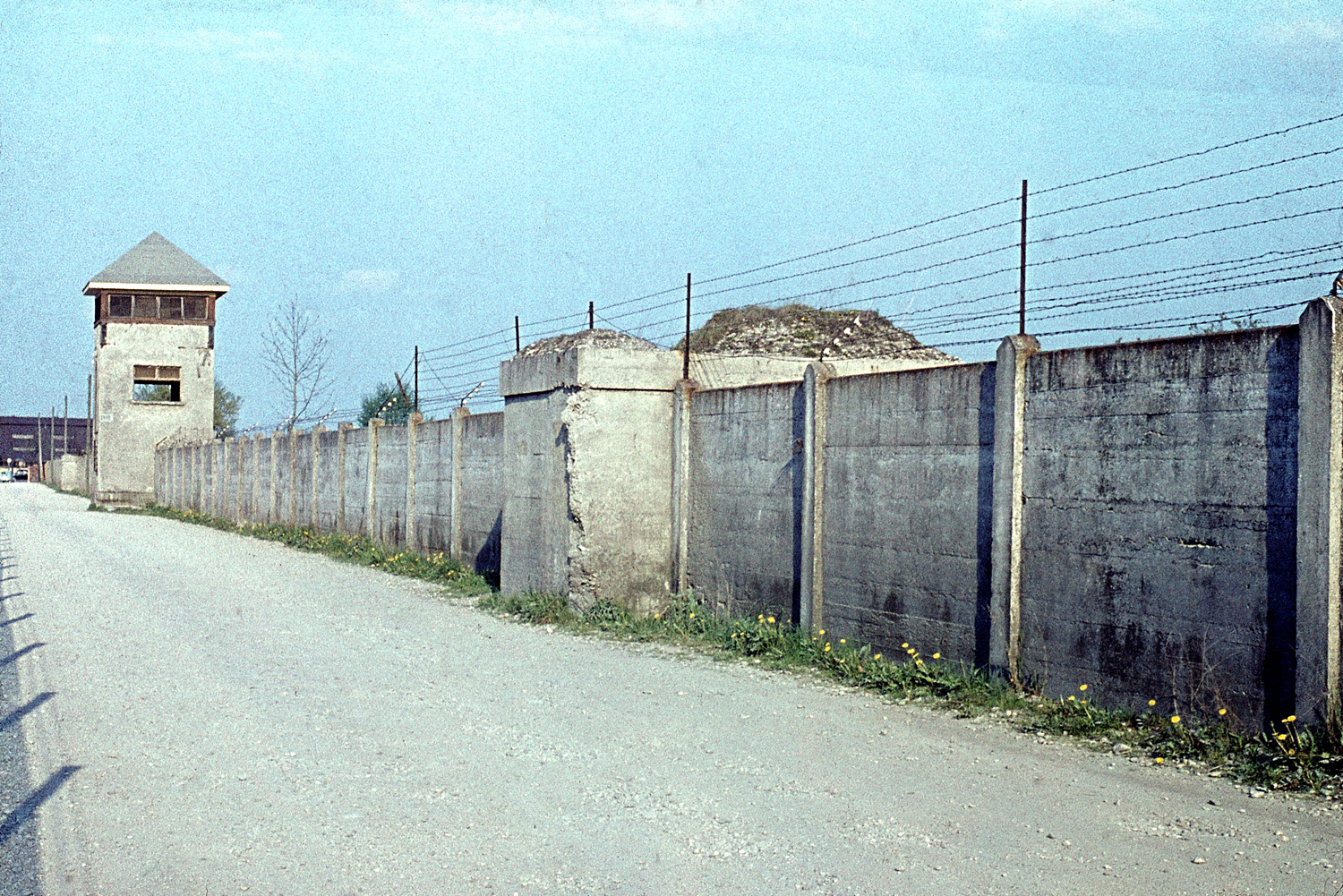
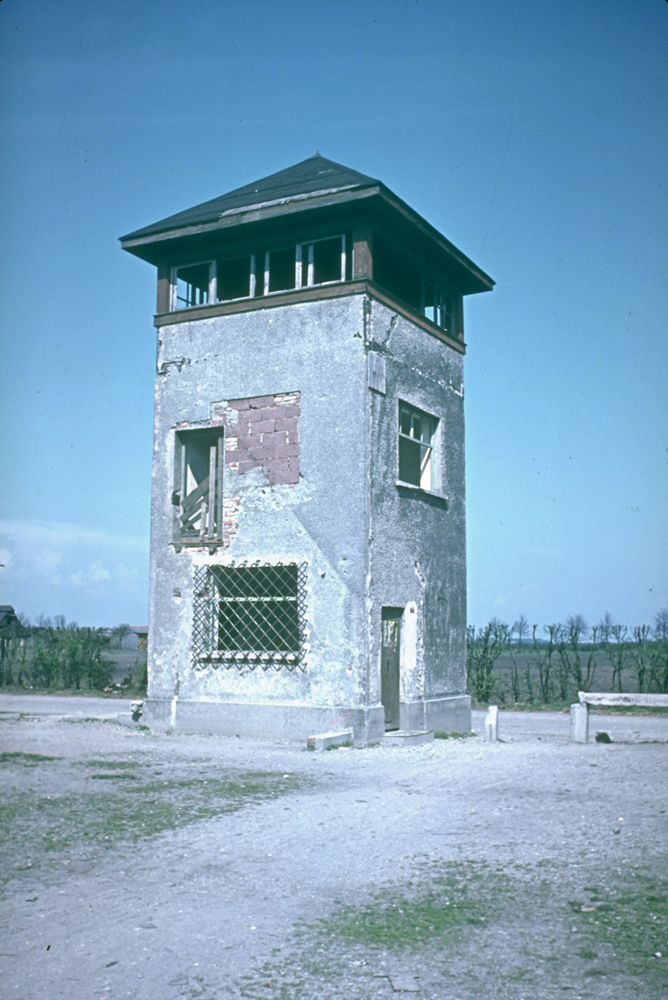
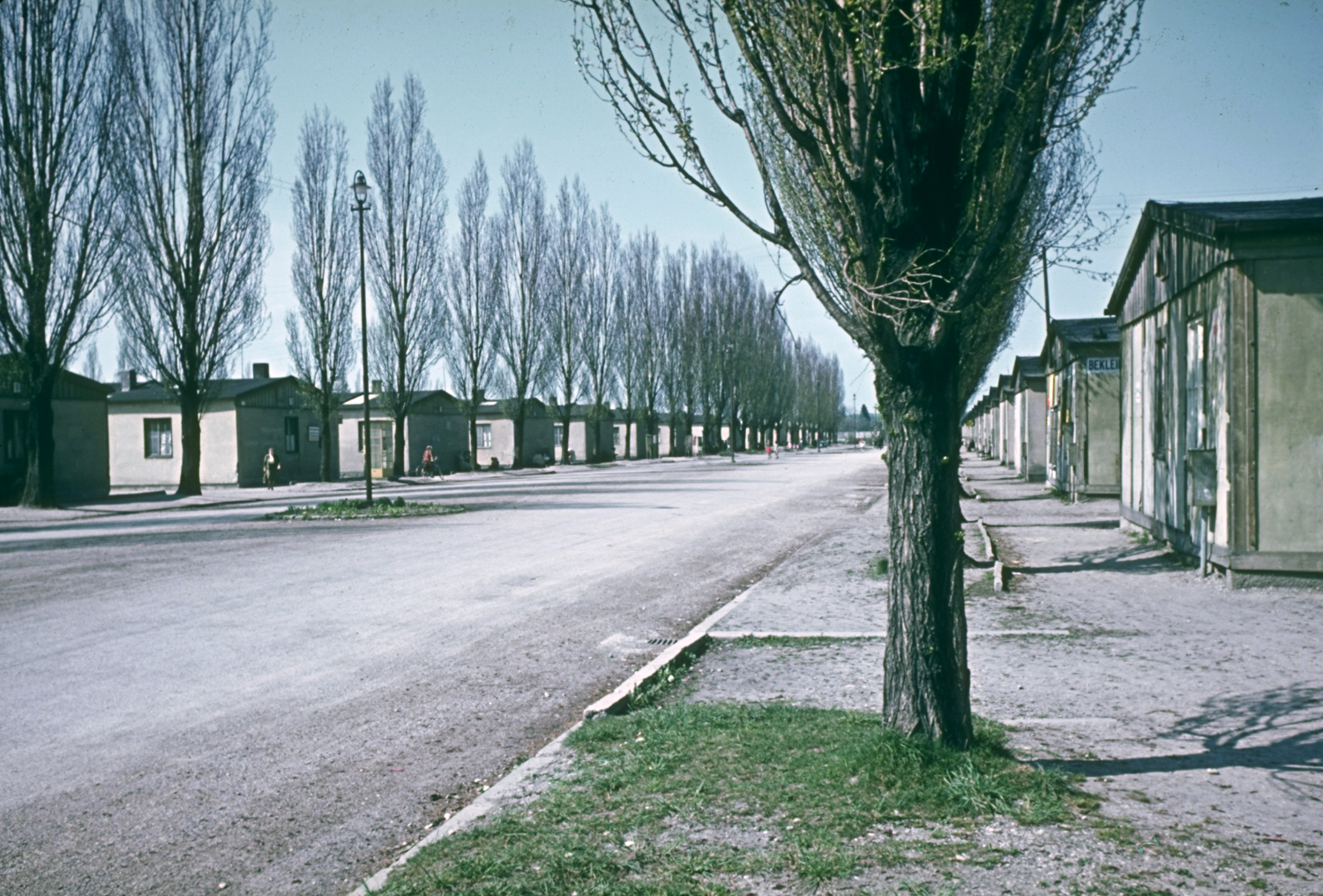
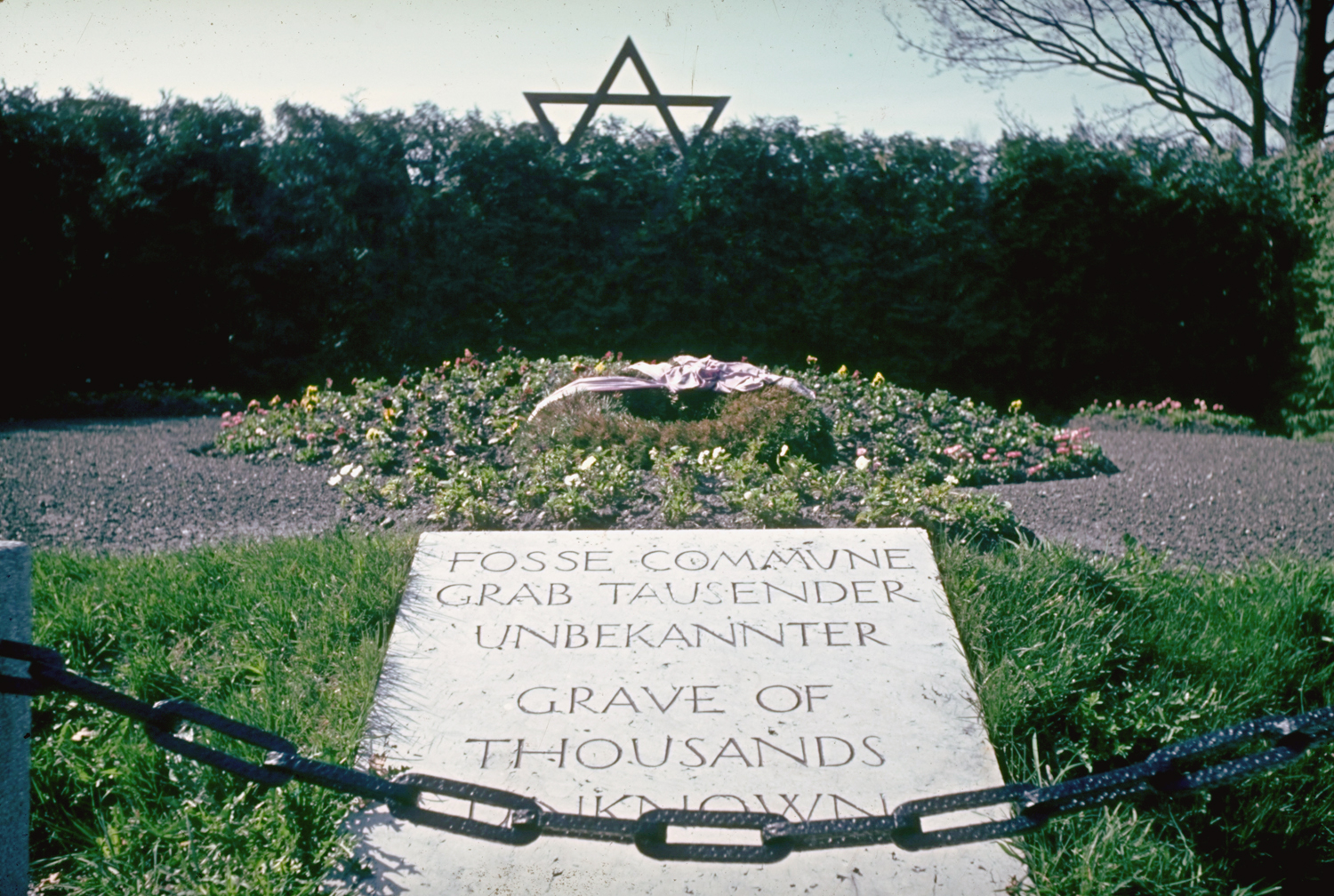
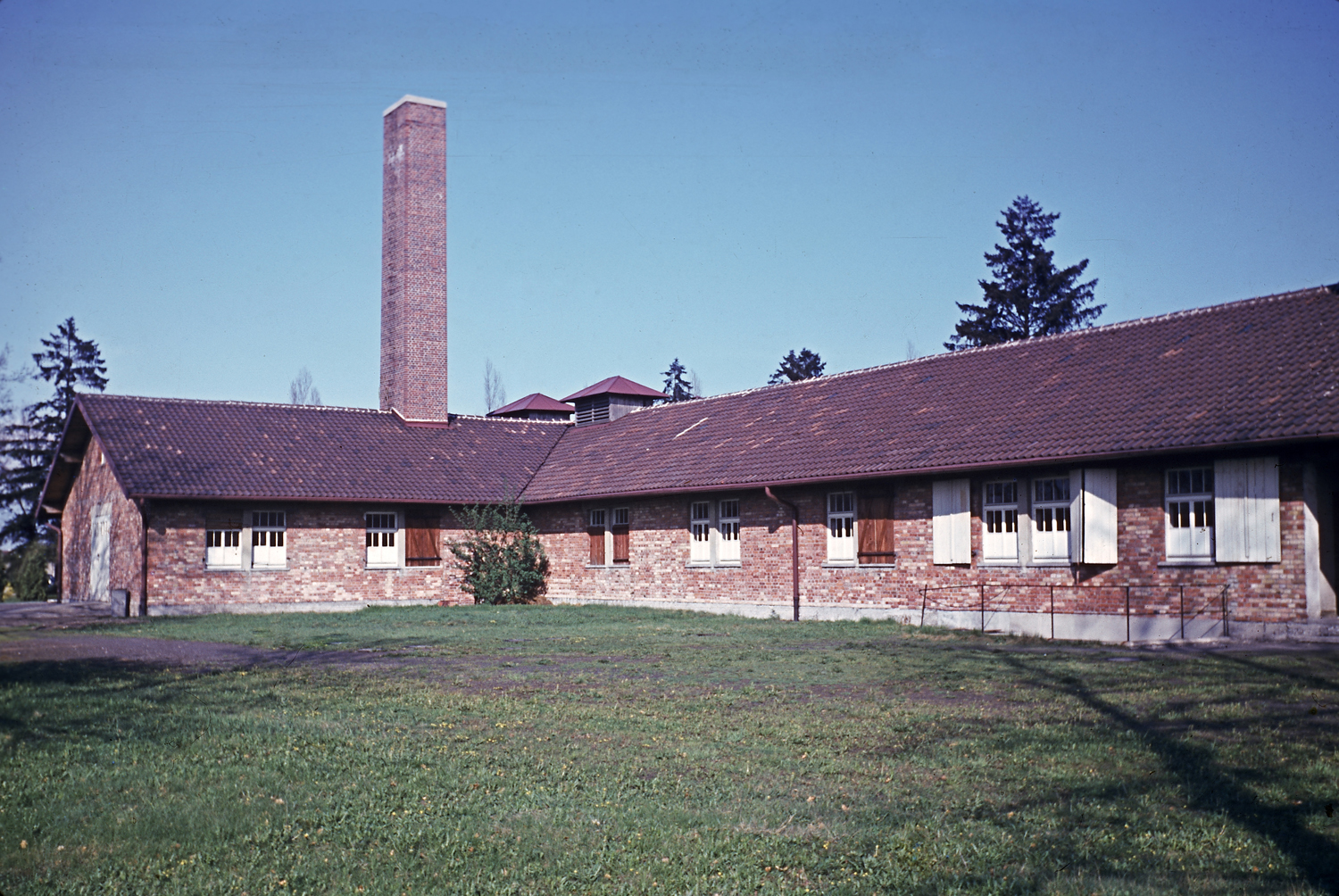
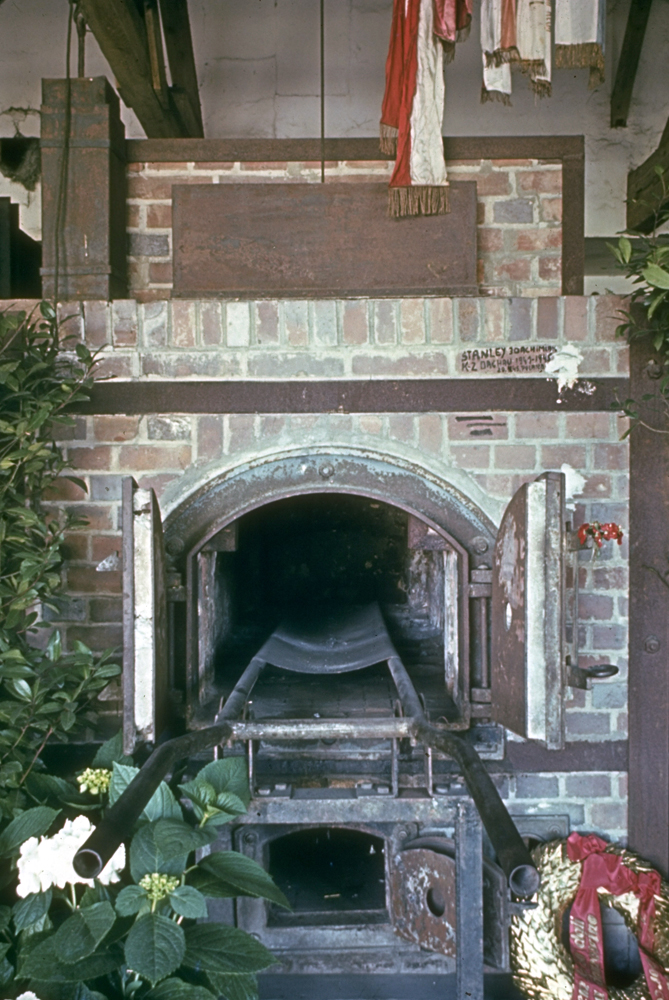
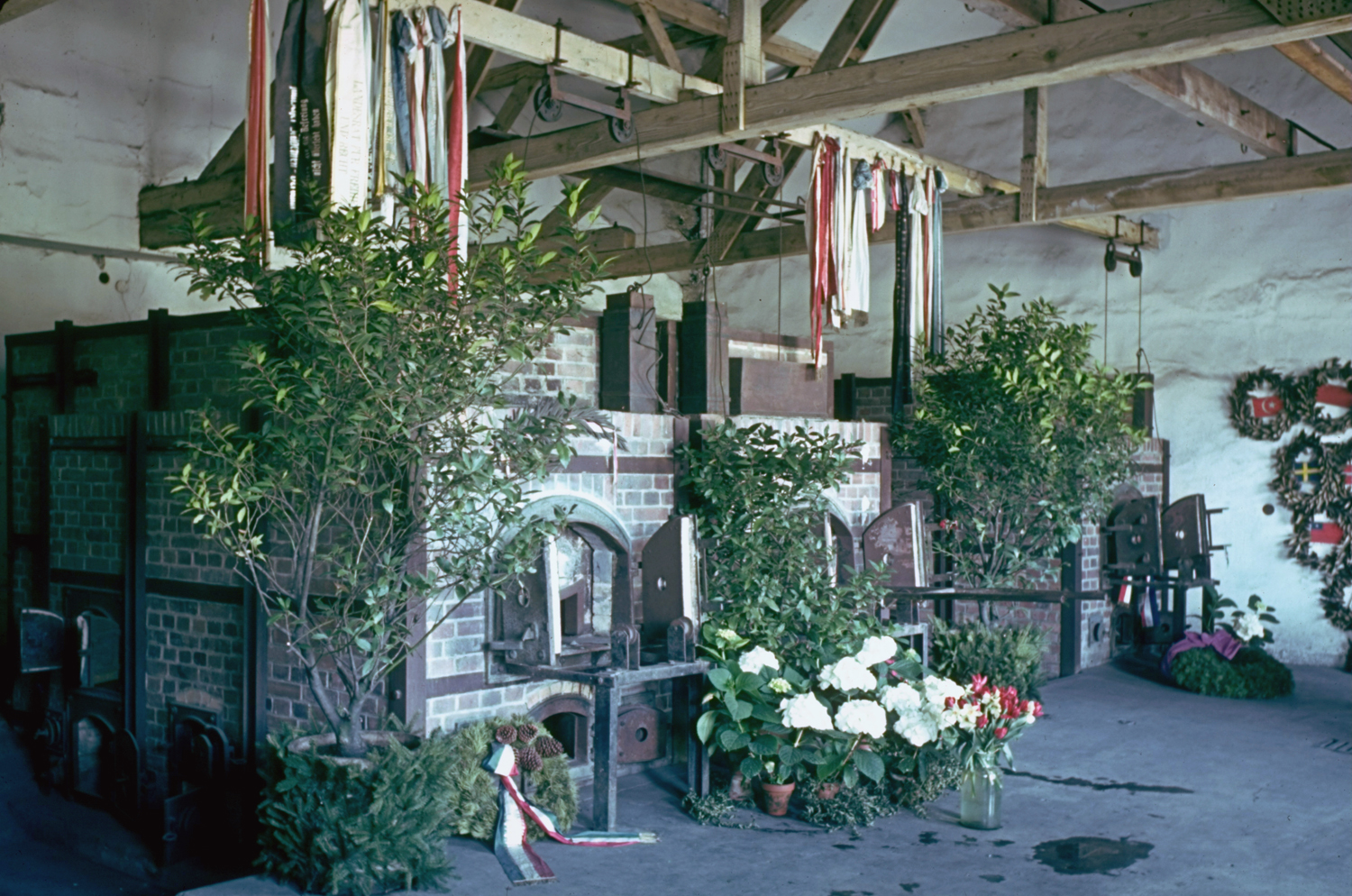

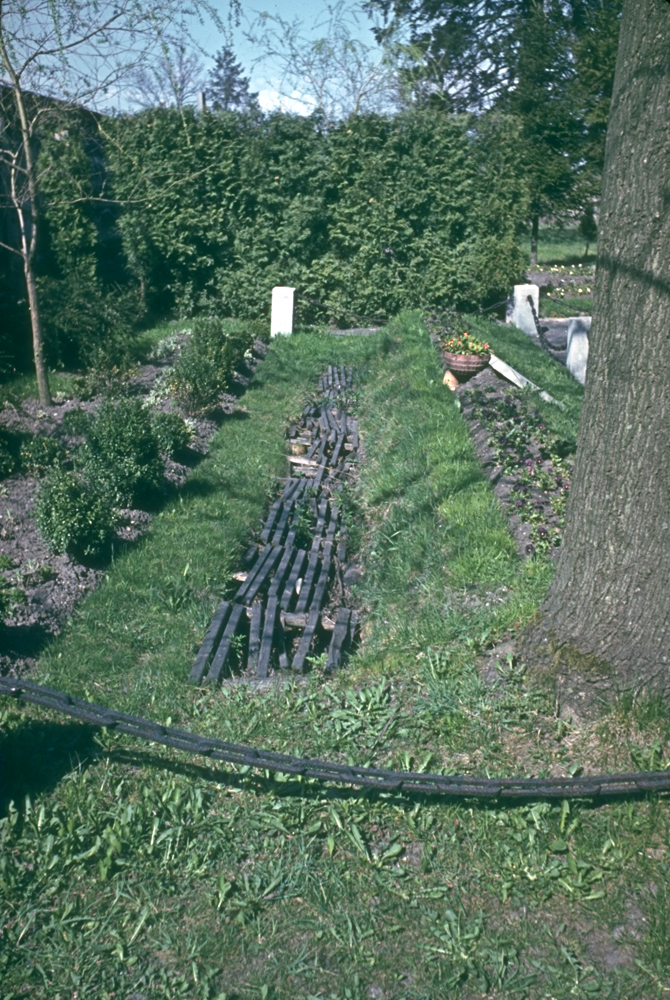
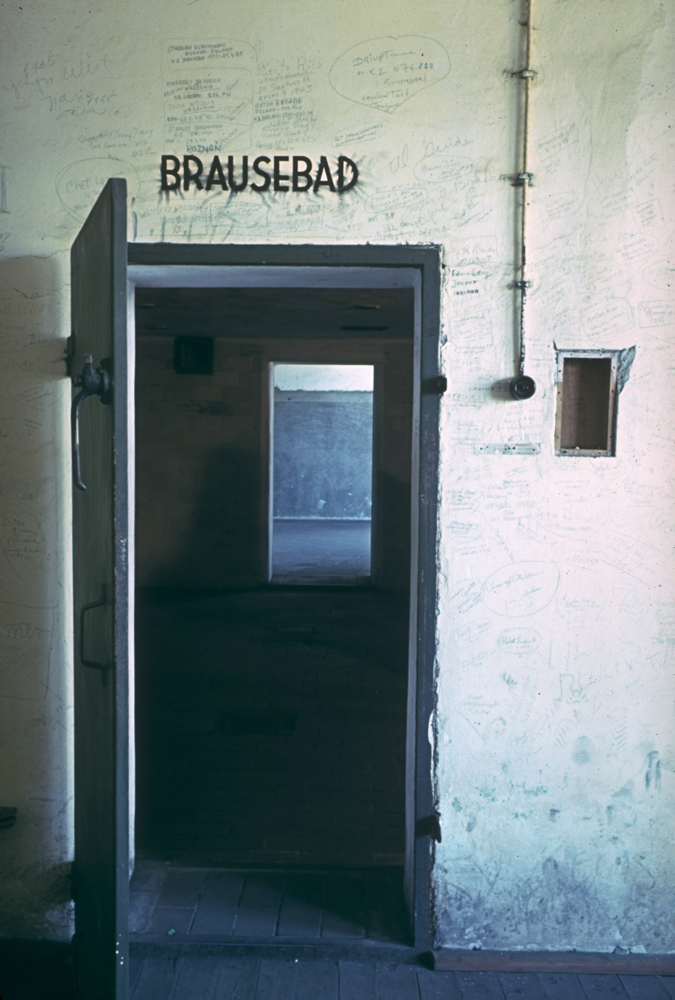
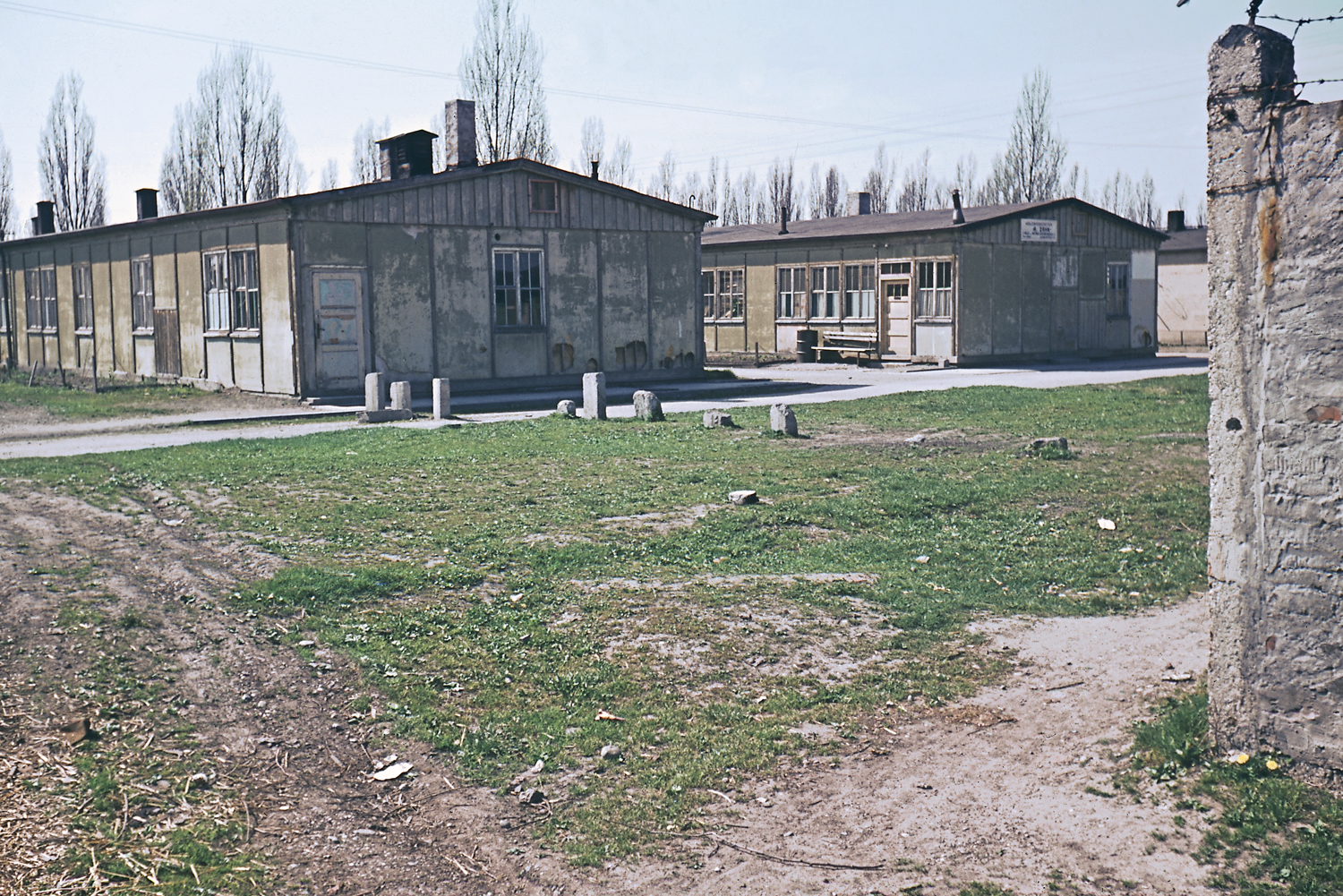
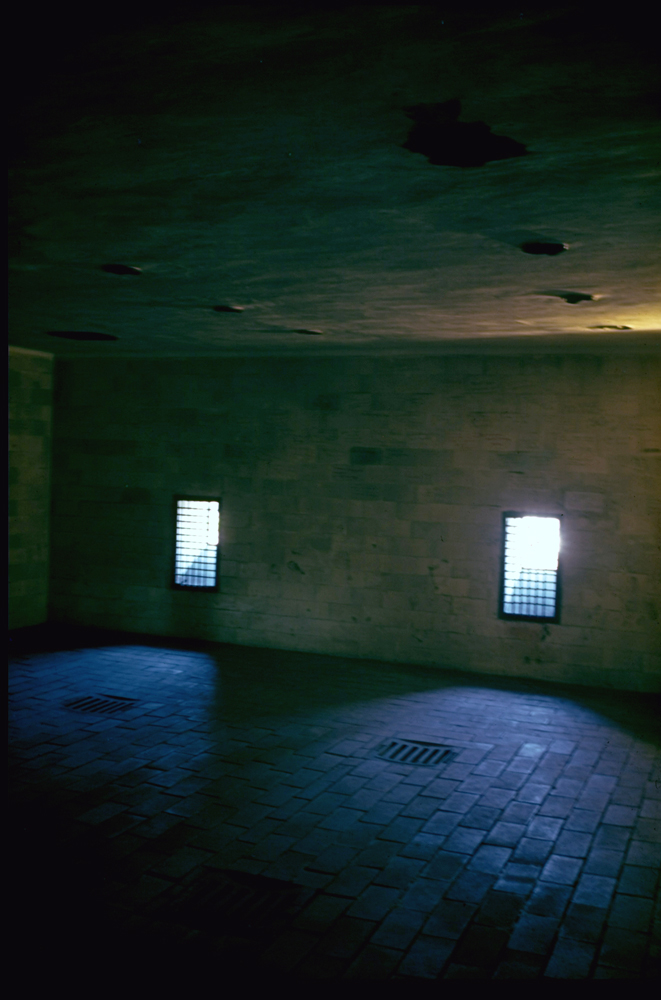
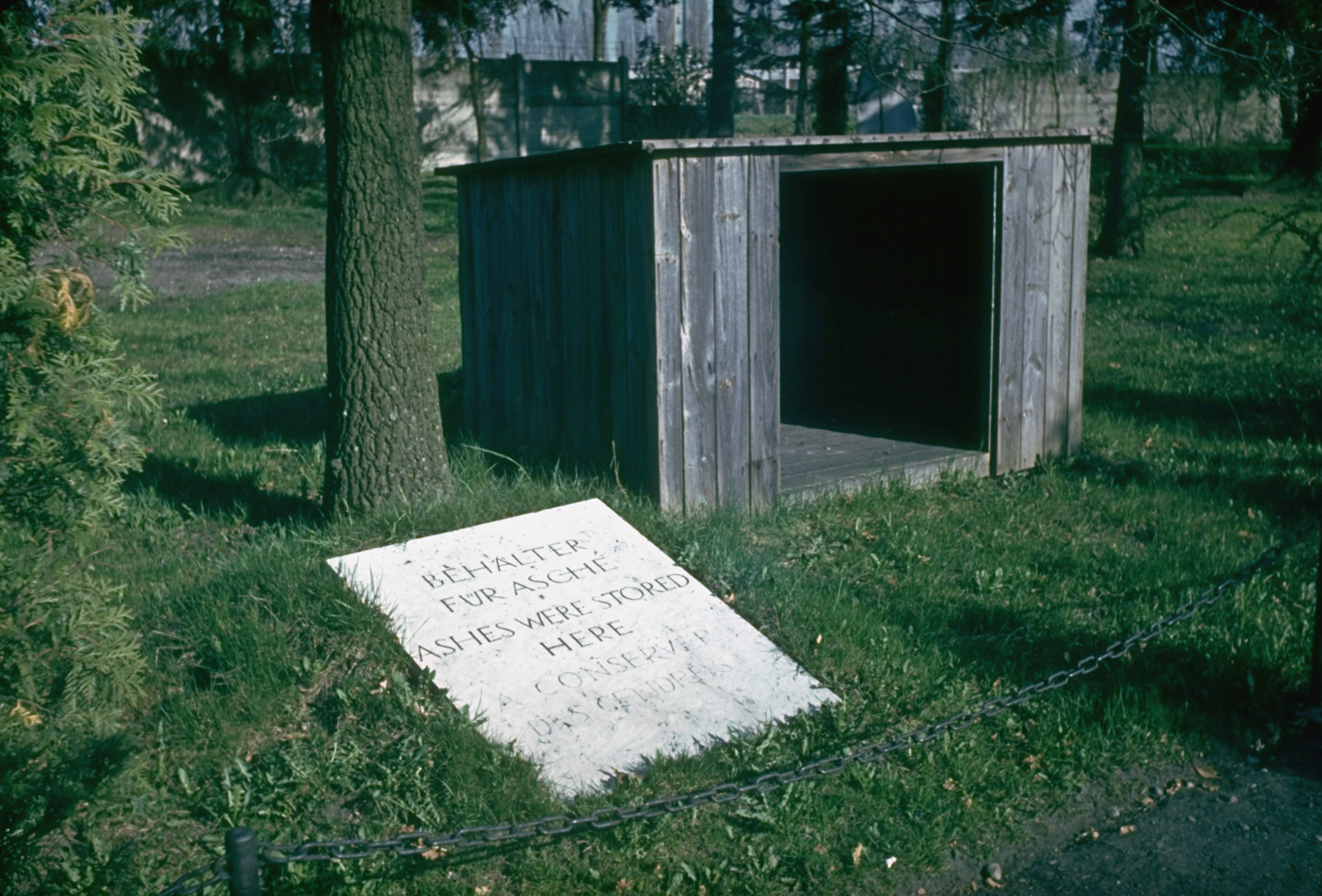
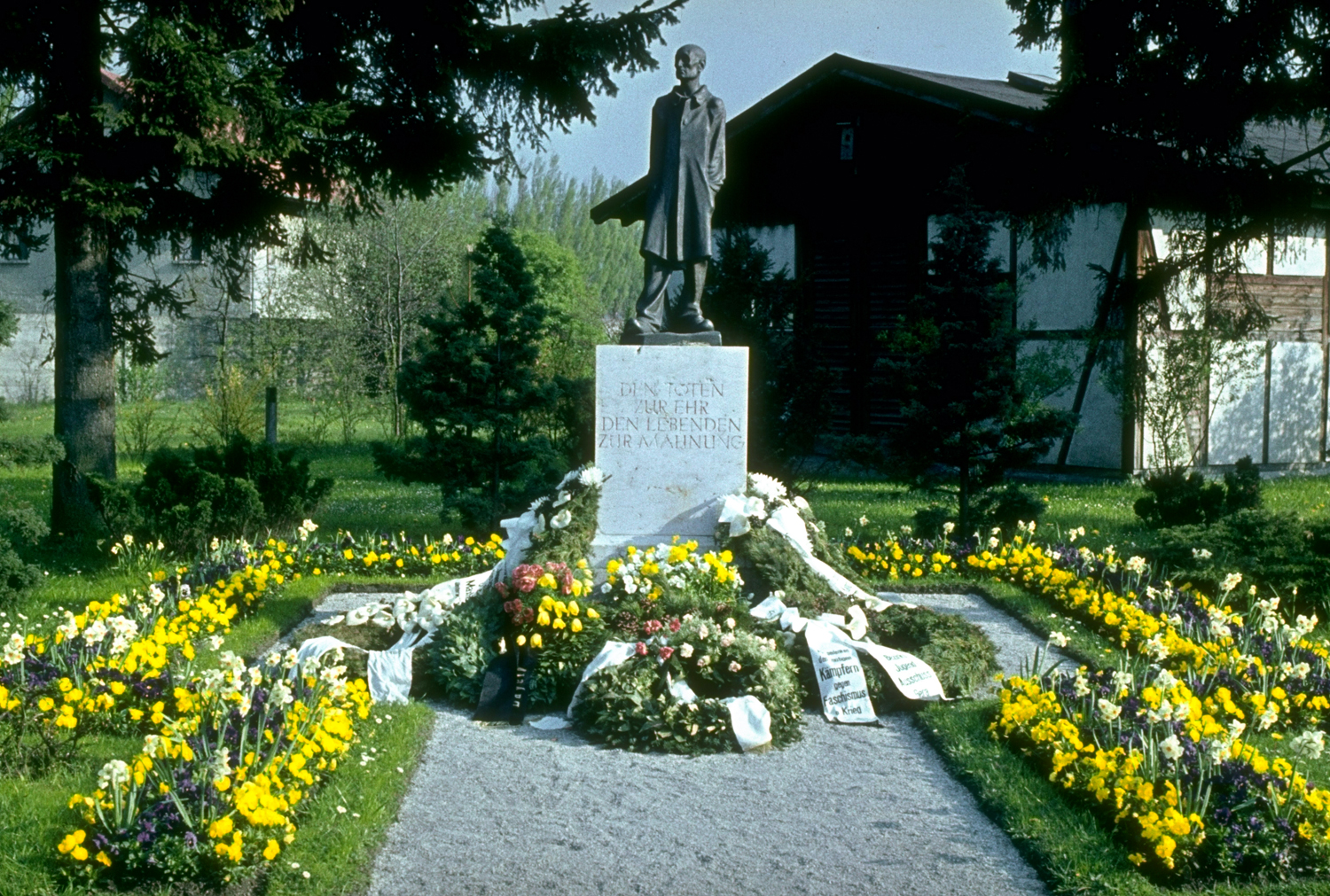
More Must-Reads from TIME
- Donald Trump Is TIME's 2024 Person of the Year
- Why We Chose Trump as Person of the Year
- Is Intermittent Fasting Good or Bad for You?
- The 100 Must-Read Books of 2024
- The 20 Best Christmas TV Episodes
- Column: If Optimism Feels Ridiculous Now, Try Hope
- The Future of Climate Action Is Trade Policy
- Merle Bombardieri Is Helping People Make the Baby Decision
Contact us at letters@time.com